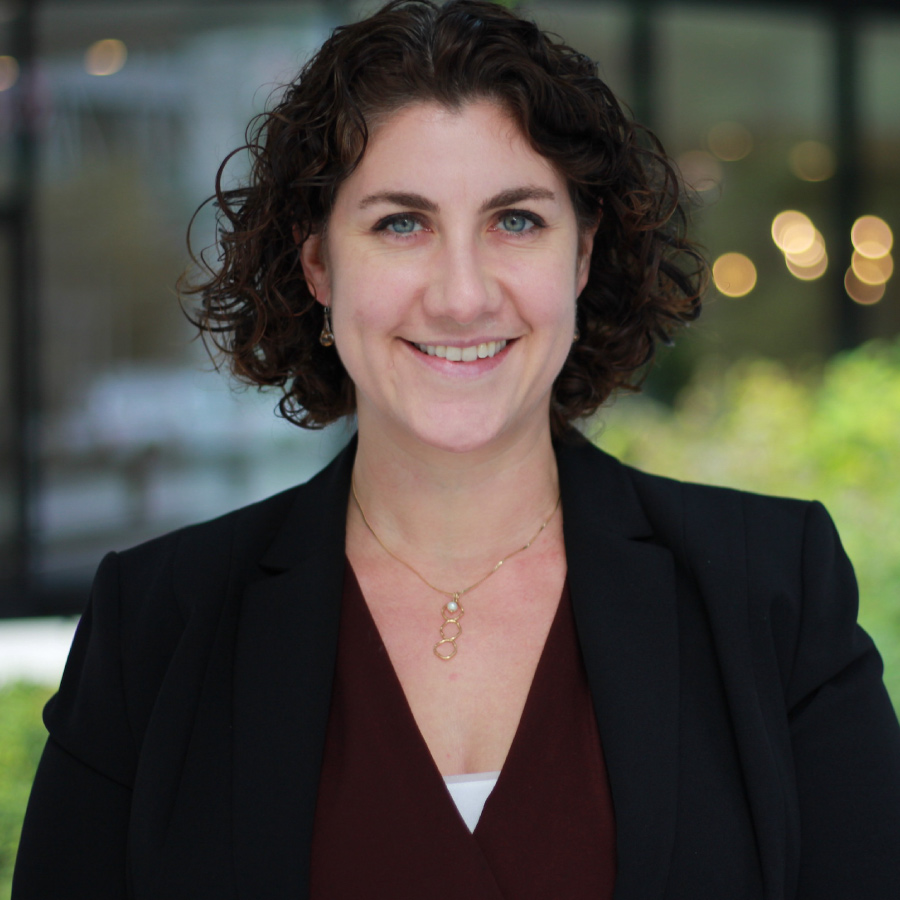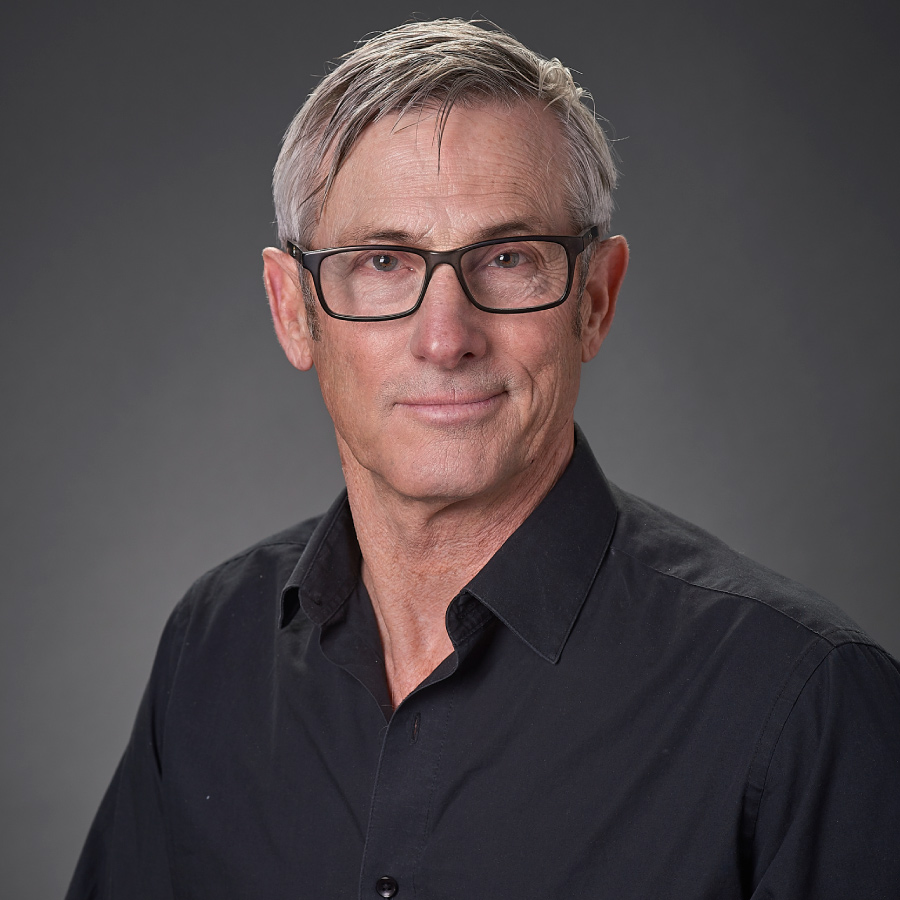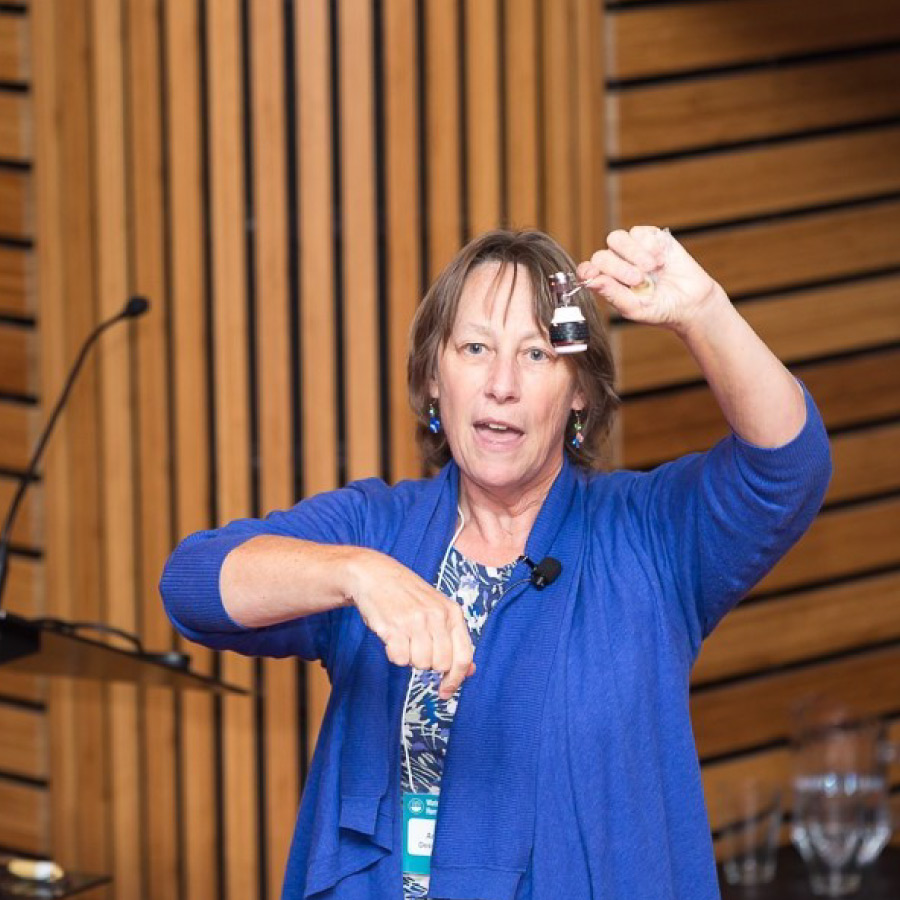
Celebrating 35 Years With 35 Stories: Danielle, Chris, & Ann
April 2, 2021
Our 35th annual home performance conference is in just a couple of weeks, and we’re nearing the end of our interview series. This week we’ve done Q&As with Danielle Sass Byrnett of the National Association of Regulatory Utility Commissioners (NARUC), Chris Dorsi of the Montana Weatherization Training Center, and Ann Edminster of Design AVEnues LLC.
This series highlights 35 incredible people who work in our industry by allowing them to tell their stories. Below we’ve got stories 24, 25, and 26.

Danielle Sass Byrnett
Director, Center for Partnerships & Innovation
National Association of Regulatory Utility Commissioners (NARUC)
Q: Describe the path you took to get to where you are now in your career in building performance.
A: As the last recession was just beginning, I was working at EPA and began hearing state energy and environmental agency staff talk about how their governors were increasingly focused on jobs, workforce development, and economic development. I began to get smarter on “green jobs” and to share information about how the workforce development system could support clean energy. This connection led me to home performance and, ultimately, to overseeing a Recovery Act program at DOE to scale up training, experiment with marketing, and increase energy upgrades across more than 30 states.
I moved on from DOE to the National Association of Regulatory Utility Commissioners (NARUC) a few years ago where I continue to look for opportunities to make it easier for anyone living in a home/working in a building to experience the many benefits of energy upgrades. These days, we’re also looking at how building energy upgrades can benefit the electricity grid as a whole, which is an exciting new perspective that could open doors to all sorts of incentives.
Q: What’s the greatest accomplishment in your career thus far?
A: I have most recently been excited to see more than a dozen states take actions to improve how electricity planning is done in their territories after participating in the NARUC-National Association of State Energy Officials (NASEO) Task Force on Comprehensive Electricity Planning, which I co-led. Joining with state utility commissioners, state energy office directors, DOE, and NASEO, we worked through a multi-year collaborative process to develop entirely new visions for electricity planning. The original impetus for the initiative was making sure energy efficiency was being considered as a resource in electricity planning. That important goal led to something even bigger, which is already poised to help states achieve their clean, resilient, renewable, etc. policy goals at lower costs for customers.

Chris Dorsi
Director
Montana Weatherization Training Center
Q: How did you get into the home and building performance industry?
A: I’m fortunate to have taken a top-to-bottom vocational tour of the housing industry over the last 50 years. Raised on a horse farm in Northern California, I took my first non-agricultural job as a logger high in the Sierra Nevada at age 18. Working there in the woods, I first gained what was to become a lifelong respect for tradespeople who work skillfully with their hands. My advocacy for those doers endures as a keystone in my career to this day.
I soon moved beyond the logging business to running a small lumber mill, stepping up the supply chain of the housing industry for the first time. I stuck this out until I had learned enough about the lumber business, at which point I went to work as a builder of custom wood-frame homes. I had been working in the woods for about five years.
This vocational transition, like many upon which I’d embark over the years was what seemed to me to be a logical transition. One industry puzzle piece at a time, I learned each new skill, got a little bored, then leveraged that new knowledge into the next segment of the housing industry. I liked the new complexity and logistics of housebuilding and began to develop what the consultants now call a systems approach to construction. We just figured it made sense to avoid making the same mistake twice.
I worked the construction industry, on both the new and remodel side, for several decades. My focus on efficiency and health seemed obvious at the time since I always attracted clients who expected it. Why build lousy houses when it was increasingly apparent how to do it right? Somewhere in there, I moved to Montana and segued into real estate investment, focusing primarily on the rehab of multifamily residential buildings. Dirtier indeed than new construction, I did enjoy rescuing buildings-at-risk, and for the first time I actually made some money. The list of buildings I brought back from obsolescence still makes me proud.
By middle age, I recognized that I possessed a lot of skills, or at least interests, that tradespeople around me often did not. With an intent to fix this corner of the world, I moved into the business of technical education, curriculum development, and knowledge management. My focus was on capturing and promulgating the how-to details of the emerging sustainable housing industry. To that end I’ve been working to create career ladders for the workers in the sustainable housing ever since. A lot of folks know of this career stage from my work as a co-owner of Saturn Resource Management, where I published books and technical manuals, or as the founder of Habitat X, the professional development platform.
Today I work for Montana State University in Bozeman, Montana where I’m the director of their Montana Weatherization Training Center. We provide training and technical assistance to the weatherization and home performance industries, and occupy a respected niche that spans both academic and practical education. We deliver plenty of face-to-face training in our tricked-out new facility, but we’re also adept at distance education and TV production. It’s a circular vocational path for me—running this technical academy feels a lot like going back to high school shop class, but for motivated working adults. I’ve surrounded myself with a skilled and cheerful staff who recognize and implement a mission that reflects both my own career trajectory and the scope of work under which the Training Center operates: to expand the knowledge and career possibilities of the men and women who design, build, and maintain the buildings of North America. That’s a tall order for sure and there’s a lot to learn for all of us. But I think it’s a noble task and I’m honored to be in this position. I’m going to call it a vocational success.

Ann Edminster
Founder and Principal
Design AVEnues LLC
Q: How did you get into the home and building performance industry?
A: Sideways. My environmental sensibility was inborn, so that was a given, and then I studied architecture. After getting my degree, I designed 100+ residential remodels, which gave me a great understanding of how houses go together and what their issues are. Then, when the green building world was starting to raise its green tendrils from the earth in the early ’90s, I did a Master’s program focused on energy, materials, and housing. Blending remodeling experience with green building is pretty much the recipe for home performance, and early on I was fortunate to learn a lot through collaboration with some of the leading lights in this field—Joe Lstiburek and Peter Yost among them.
Q: What’s the best session you’ve attended at an industry conference and why?
A: I honestly can’t single out one session, but I will call out some favorite speakers: Ray Cole, Ed Mazria, and once again, Peter Yost. Ray, because he’s such a visionary; he’s always thinking out ahead of the rest of us, seeing the next thing that needs our attention. Ed, because he’s a masterful weaver of information and inspiration, showing us the bright future that is possible and that we are creating. Peter, because he’s passionate, funny, deeply knowledgeable, and a truly gifted teacher.
